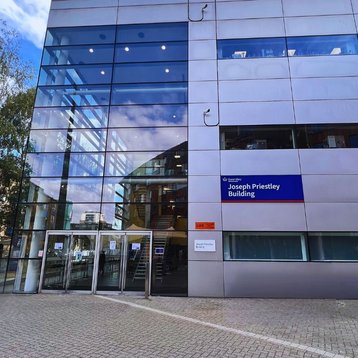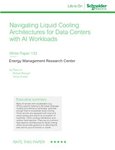Queen Mary University of London in the UK is planning to reuse waste heat from its data center.
As part of a refurbishment project for the Joseph Priestley Building on the campus, the university will capture waste heat from its computing facility and convert it into hot water, reports Energy Live News.
The water, which will be raised to temperatures of up to 167°F (75°C), can then be integrated into the campus' district heating system.
Queen Mary president and principal Colin Bailey said: “By harnessing waste heat and minimizing our carbon footprint, we are setting an example for others to follow.
“We believe this approach can be a cornerstone for sustainable data center operations in the future.”
Professor Jonathan Hays, head of the Particle Physics Research Center added: “This project goes beyond simply improving our data center’s efficiency or replacing outdated equipment.
“We’re actively reducing our environmental footprint. By capturing waste heat, we can significantly decrease our dependence on gas boilers, resulting in measurable cuts to carbon dioxide emissions.”
The data center in question is reportedly designed to a Tier II standard. Work on the project began on July 1, and the data center will be offline for three months before returning to full operations in October.
In Queen Mary University's Heat Decarbonization Plan released in March 2022, the project was described as likely to cost £1.09m ($1.38m) and is hoped to save 1,068,720 kWh annually of electricity.
According to a 2023 paper, the project was originally scheduled to be completed by March 2024. In addition to the energy savings, the upgrade is also set to increase the rack capacity of the data center from 26 to 39.







